$SPY $BTC $DJIA
#Inflation #FederalReserve #InterestRates #MonetaryPolicy #Fed #Trump #InflationaryPressure #StockMarket #Bitcoin #Economy #Investing #HigherForLonger
With inflation ticking up once again, market participants are closely watching signals for a shift in monetary policy. Recent data suggests a slight uptick in inflation, which may lead to concerns that the previous cooling period may have been momentary, thus posing a risk of sustained inflation ahead. The Federal Reserve’s approach of raising interest rates aggressively in 2022 and early 2023 had initially eased inflationary pressures, but the question now becomes whether the central bank might revert to its “higher for longer” interest rate stance, meaning a more prolonged period of elevated rates in order to combat persistent inflation.
Such a potential shift comes at a pivotal moment for the U.S. economy. Investors had hoped the Fed would start to ease monetary policy as inflation came under control throughout 2023. The economy had shown signs of stabilizing, and markets began to price in eventual rate cuts. However, with signs of escalating inflationary pressures influenced in part by recent fiscal policies, which are reminiscent of the pro-business policies seen under Donald Trump, the market’s outlook could change. Trump’s policies, often focused on stimulus measures and tax cuts, contributed to strong growth but also potentially higher inflation risks, and a similar pattern post-COVID recovery could encourage the Fed to maintain a restrictive stance for longer.
Equities, in particular, may start to reflect the uncertainty of future Fed actions. For example, the S&P 500 ($SPY) might struggle if rate cuts are further delayed, as higher rates typically weigh on corporate earnings and tighten liquidity. In addition, sectors sensitive to interest rates, such as tech and real estate, might see more volatility. Furthermore, the bond market has started to price in the possibility of a higher terminal rate as inflation is likely to remain sticky. Additionally, cryptocurrency, such as Bitcoin ($BTC), which is often positioned by some as an inflation hedge, could see volatility if monetary tightening drives away liquidity from risk assets.
Ultimately, higher rates for an extended period could lead to a slowdown in economic activity as borrowing costs remain elevated. This would not only affect large corporations but could also increase pressure on consumer spending and small businesses as interest rates on debt and loans remain elevated. Should the Federal Reserve signal a more hawkish stance once again, markets could see increased volatility moving forward, especially with major indices like the Dow Jones Industrial Average ($DJIA) reacting strongly to changes in interest rate outlooks. Both short-term traders and long-term investors will likely need to adjust expectations and strategies in anticipation of tighter economic conditions.
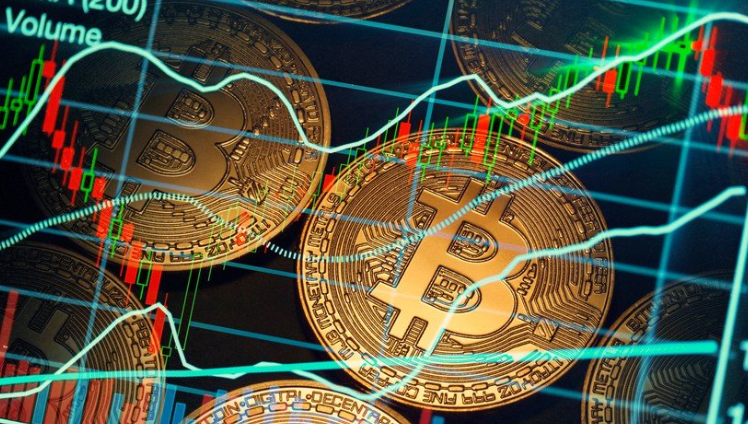



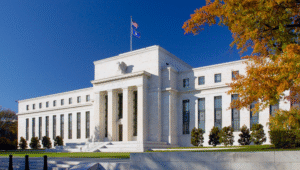
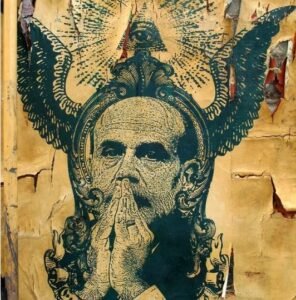


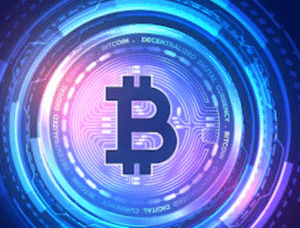
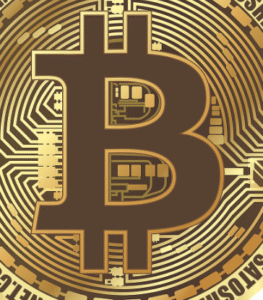

Comments are closed.